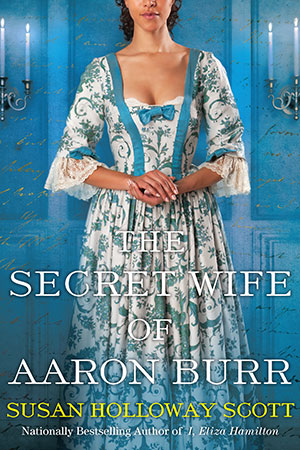Susan reporting,
Earlier this month I visited the latest exhibition at one of my favorite places for research and inspiration, the Massachusetts Historical Society in Boston, MA. Called Fashioning the New England Family, it's a truly breathtaking exhibition, featuring clothing, accessories, textiles, and embroidery worn and made by New Englanders.
The majority of the pieces are drawn from the MHS collections, and many have never before or only rarely been seen by the public. There's so much here: Abigail Adams's copper-colored silk gown (on loan from the Adams Historical Park); Thomas Hancock's walking stick crowned by a clenched ivory fist; Governor John Leverett's 17thc buff coat worn to fight under Oliver Cromwell in the English Civil War; Rachael Hartwell's light-as-air 1890s wedding dress. The history of the wearers is woven into each piece, and the presentation is thoughtful and beautifully displayed. The exhibition is free to the public, and runs through April 6, 2019. See here for more information.
I'll be featuring highlights from the exhibition in upcoming blog posts, and I'm starting with one of the smaller items. It's also among the most stunning. Some time during the mid-18thc, this length (unfolded, it measures 283 cm x 5 cm) of gold wire bobbin lace was made in Europe. Whether bought by an individual there or imported to the American colonies to be sold in a shop here, the lace was purchased and carefully wrapped in blue paper with the price written in iron gall ink. For whatever reason, the lace was never used, but instead put away in its original paper wrapping.
Metallic lace was a costly and luxurious trim, designed to sparkle in 18thc candlelit rooms. It could be used to adorn a woman's gown or a man's waistcoat, or even the cap of a special baby. (I immediately thought of the similar gold bobbin lace that was incorporated in this mat embroidered c1780 by Elizabeth Schuyler Hamilton.) Metallic lace was usually a blend of gold and silver or other metals, and over time and wear often tarnished and lost its shine.
But this particular length of lace remains as bright as new, the intricate woven gold glowing against the blue paper. When the lace was given to the MHS, it was accompanied by a handwritten note from Susan Holmes Upham (1804-1877): "Gold lace given me with other old-fashioned things by my mother." It must indeed have been an old-fashioned curiosity by the mid-19thc. Today it's a sparkling link through the centuries to the shop of the now-forgotten milliner or mantua-maker who made the sale, tallied the price, and wrapped the lace, and the (I hope!) satisfied customer who carried the new purchase home.
Many thanks to Anne Bentley and Kimberly Alexander for giving me a special tour of the exhibition, and for including me in the planning from the earliest stages.
The book that accompanies the exhibition - generously illustrated with many full-color photographs - is being published by the University of Virginia Press. It can be pre-ordered here.
Gold Wire Bobbin Lace, mid-18thc, European. Massachusetts Historical Society.
Photographs courtesy of Massachusetts Historical Society.
Laws Concerning Women in 1th-Century Georgia
10 months ago










































 One of us --
One of us -- 


